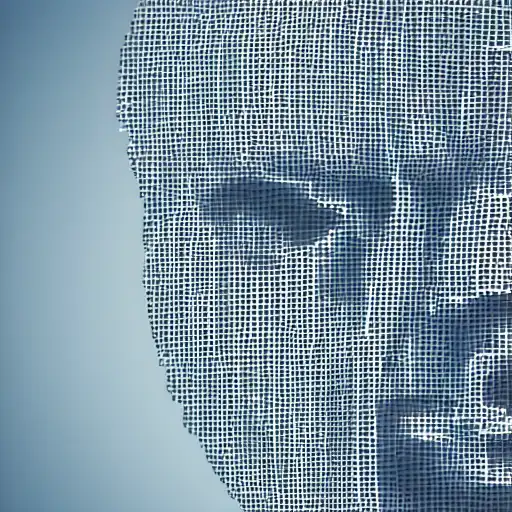
August 13th, 2023
Welcome back to our Advanced Machine Learning series! In this blog post, we'll explore the exciting world of Generative Models, where AI systems unleash their creativity to synthesize new data samples that resemble the training data.
What are Generative Models?
Generative Models are a class of machine learning models that learn to generate new data samples that resemble the training data. These models can create realistic images, generate natural language, compose music, and much more. Generative Models enable AI to create new content and spark innovation in various domains.
Variational Autoencoders (VAEs)
- Encoder-Decoder Architecture: VAEs consist of an encoder and a decoder network. The encoder takes an input data sample and maps it to a latent space representation. The decoder then takes a point in the latent space and reconstructs the original data sample. VAEs are trained to produce latent space representations that follow a specific distribution (usually Gaussian) to enable the generation of new data samples.
- Generating New Samples: To generate new data samples with VAEs, we sample points from the latent space distribution and pass them through the decoder. This process results in the synthesis of new data samples that resemble the training data.
Generative Adversarial Networks (GANs)
- Adversarial Training: GANs consist of two neural networks: a generator and a discriminator. The generator creates new data samples, and the discriminator tries to distinguish between real and generated samples. The generator is trained to produce samples that are indistinguishable from real data, while the discriminator is trained to become better at distinguishing real from fake samples.
- Improving Sample Quality: During training, the generator and discriminator play a minimax game, where the generator tries to generate increasingly realistic samples, and the discriminator becomes more accurate at distinguishing real from generated samples. This adversarial training process leads to the generation of high-quality samples.
Applications of Generative Models
Generative Models find applications in various domains, including:
- Image Synthesis: Generative Models can create realistic images of faces, landscapes, and objects.
- Text Generation: Language models based on Generative Models can generate human-like text, enabling AI to write stories, compose poetry, and engage in dialogue.
- Artistic Creativity: Generative Models are used to generate artistic content, from paintings to music compositions.
- Data Augmentation: Generative Models can be used to augment datasets for training other machine learning models, improving their generalization performance.
Implementing Generative Models with Julia and Flux.jl
Let's explore how to implement a Variational Autoencoder (VAE) using Julia and Flux.jl.
# Load required packages
using Flux
using Statistics
using Random
# Define the Variational Autoencoder (VAE) architecture
struct VAE
encoder::Chain
decoder::Chain
end
# Define the encoder and decoder networks
function encoder_network(input_dim, latent_dim)
return Chain(
Dense(input_dim, 256, leakyrelu),
Dense(256, 2 * latent_dim)
)
end
function decoder_network(latent_dim, output_dim)
return Chain(
Dense(latent_dim, 256, leakyrelu),
Dense(256, output_dim, sigmoid)
)
end
# Define the VAE model
function VAE(input_dim, latent_dim, output_dim)
encoder = encoder_network(input_dim, latent_dim)
decoder = decoder_network(latent_dim, output_dim)
return VAE(encoder, decoder)
end
# Define the VAE loss function
function vae_loss(vae::VAE, x)
μ, log_σ² = split(vae.encoder(x), 2, dims=2)
σ² = exp.(log_σ²)
ε = rand(Normal(0, 1), size(μ))
z = μ + ε .* sqrt.(σ²)
recon_x = vae.decoder(z)
return Flux.mse(recon_x, x) + sum(log.(σ²) .+ 1 .- log_σ² .- μ .^ 2 . / σ²) / 2
end
Conclusion
Generative Models have opened up new possibilities for AI creativity, enabling machines to synthesize new data samples that resemble the training data. In this blog post, we've explored Variational Autoencoders (VAEs) and Generative Adversarial Networks (GANs), and how they have revolutionized image synthesis, text generation, and artistic creativity.
In the next blog post, we'll delve into the captivating world of Transfer Learning, where AI systems leverage knowledge from pre-trained models to tackle new tasks efficiently. Stay tuned for more exciting content on our Advanced Machine Learning journey!